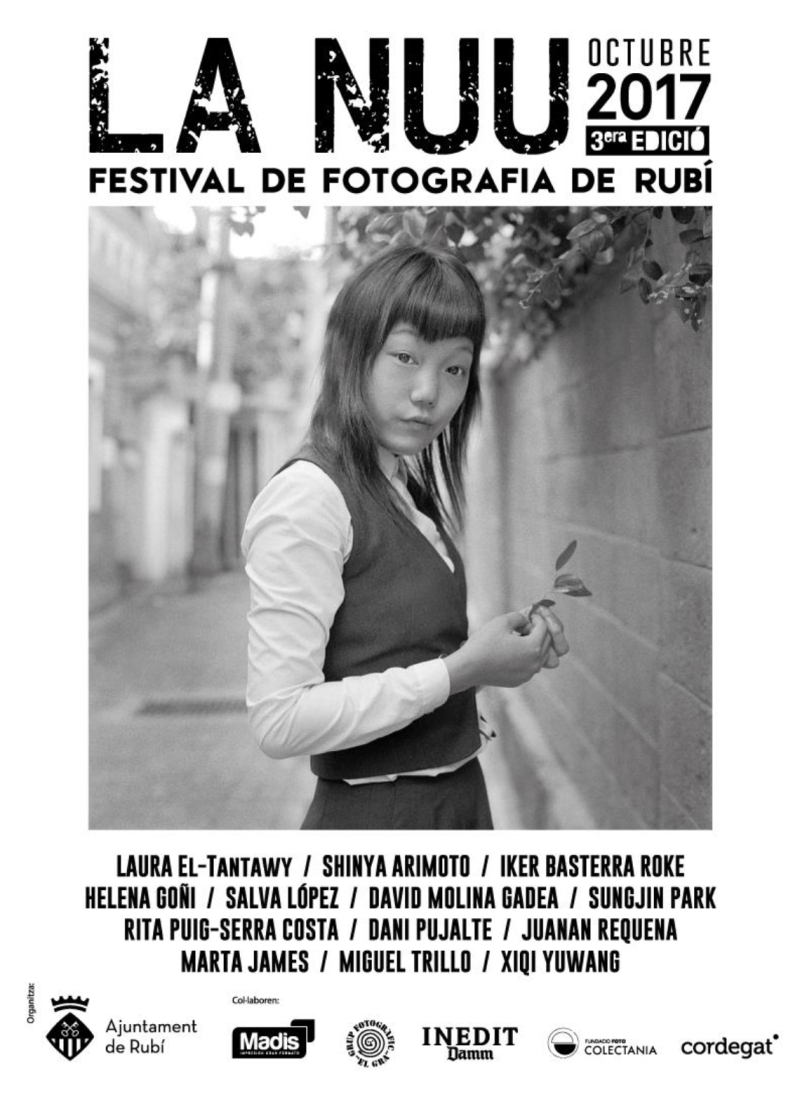Artists
Shinya Arimoto
(Osaka, Japan, 1971)
Tokyo circulation by the Japanese photographer Shinya Arimoto, is a tour through the streets of Shinjuku, a constantly bustling district of the city of Tokyo. A drift that finds its direction in the interest in people. Black-and-white and square-format photographs that look closely at people, including young people struggling to maintain a personal identity in the face of collective identity.
A certain image of this megalopolis in an endless process of transformation that does not want to lose its human dimension despite superhuman urbanism.
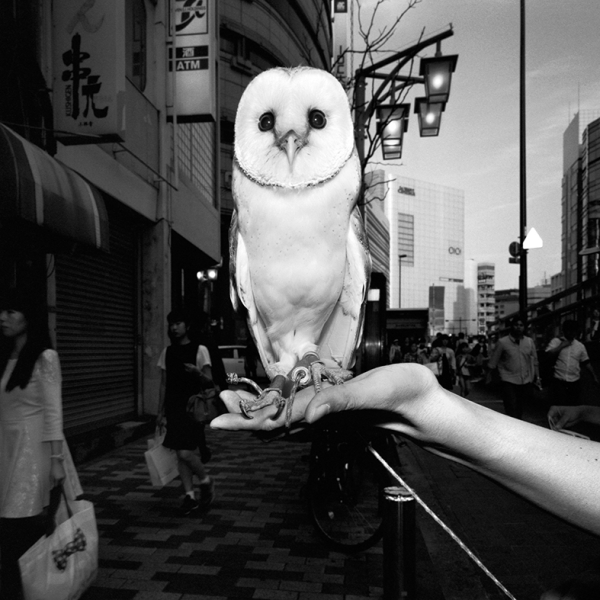
Miguel Trillo
(Jimena de la Frontera,Cádiz, Spain, 1953)
The renowned Spanish photographer Miguel Trillo began his career photographing the Madrid night at the end of the seventies and the emergence of freedoms and social changes that the Transition brought. He has portrayed different generations of young people and the urban tribes that have arisen around music and youth culture. In La Nuu we will be able to see the portraits he has taken in the Moroccan city of Casablanca at different rock and rap concerts and festivals. Afluencias Costa este – Costa oeste proposes a transgenerational dialogue through the genesis of the urban tribes of the Madrid suburbs and the contemporary tribes of cities such as Casablanca, Hanoi, New York, Ho Chi Minh, Saigon and Los Angeles.

Iker Basterra
Spain
Pacific highway by Iker Basterra, is his most personal work and is linked to the imagination of road movies. The road as the freest way to discover the world and collect everything from morsels to build an individual shelter.
The author confronts man and the spongy nature in which he lives, the Australian continent, following the route of the old surfers; a community that maintains the way of life, the habits and values for which he bet during his youth.
His photographs show us the tension and balance between civilization and nature, always in an eternal struggle; the need to live in society and the desire to escape.
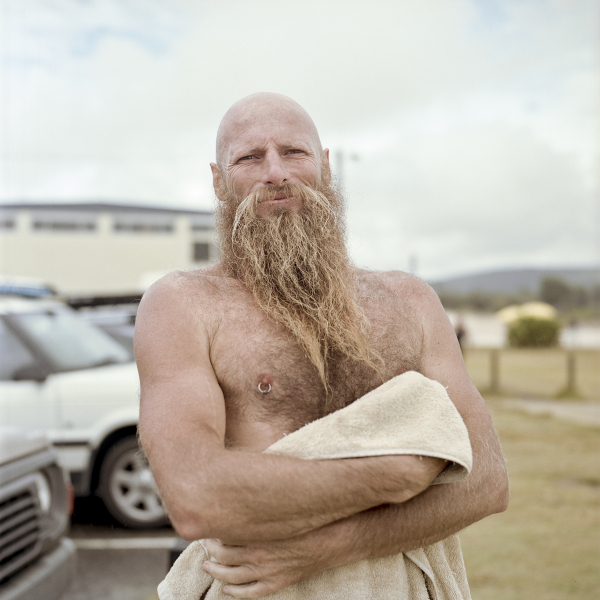
Salva López
(Barcelona, Spain, 1984)
The island by Salva López. Love, or rather heartbreak, is one of the most intense experiences of youth. The need for the other and the bitter discovery that we will not always be reciprocated. The photographer visited different islands with his partner: Japan, Taiwan, Bali, Komodo, Mallora and Menorca. After a sentimental crisis he traveled, alone, to the island of Lanzarote to photograph its desolate volcanic landscapes as a form of mourning. On his return he decided to collect in a book the two sides of the relationship: the color photographs of his travels as a couple and the black and white desert landscapes of his solitude.

Helena Goñi
(Bilbao, Spain, 1990)
The young photographer Helena Goñi reminds us that punk is not dead yet in Behind blue eyes, her first publication. Polaroids, color photos and black and white photos; a whole collage of clippings to explain the days and nights of a group of teenagers who dance sad to happy music. An intimacy full of chaos and tenderness, vital violence and carelessness towards the future. Hedonistic nihilism without tomorrow when all you have is tomorrow.

Rita Puig-Serra and Daniel Pujalte
(Barcelona, Spain, 1985) i (Barcelona, Spain, 1985)
With Good luck with the future, photographers Rita Puig-Serra and Daniel Pujalte present us with a four-handed work on the uncertainties of the future: professional, economic, sentimental, social... Doubts of an also uncertain present from two young photographers that reflect on chance and the freedom to choose our path. Images of still lifes and landscapes that refer "metaphorically to the idea of contingency" and portraits of young people who look at the future with distrust

David Molina Gadea
Spain
David Molina Gadea compiles in White noise black mirror images of pure black and white. Photographs battered by the harshness of flash and the judder of slow exposures. A work that arises from the confrontation between two territories: the physical and the emotional. The memory of the lived and the fiction of memory. A geographical and vital journey full of questions. What does it mean to be young in Europe today when the idea of Europe is collapsing? How many days are left in the counted days of the welfare state? How many borders will we see raised to protect our fear?

Marta James
Spain
The photographer Marta James makes square portraits of a round beauty. Photographs of a classic invoice and a black and white care that tell us about the pieces in which we crumble. Living wears us out, we are both our hieratic statue and our ruins. His portraits look in the face knowing that death will arrive and open their eyes. His work combines sharpness and fog. A deep and raw love that smells like spleen. This series of portraits shows us young people full of nostalgia for a present that they cannot live.
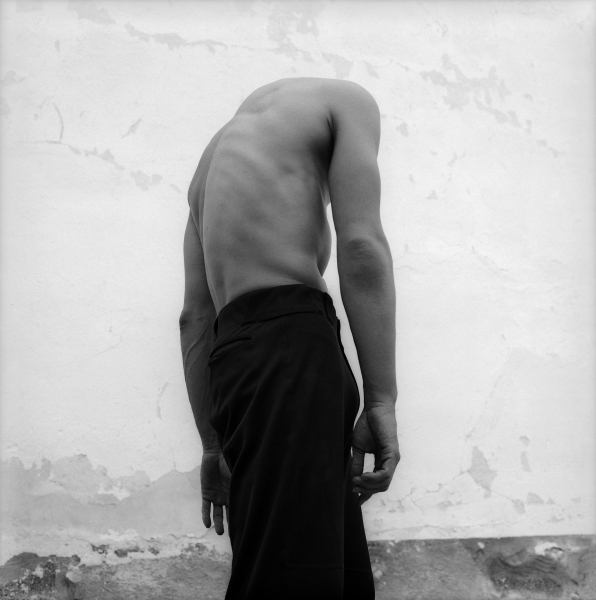
Laura al-Tantawy
(Worcestershire, United Kingdom,1980)
In the shadow of the pyramids, the Egyptian-born photographer Laura el-Tantawy presents an intimate work on personal memory and identity while documenting the contradictions of a country that is debating between tradition and modernity. The struggle of a youth and a people who took to the streets to cry for their rights. The pain and hope around Tahrir Square can be grasped in these impressionistic photographs where confusion and the color of blood predominate.
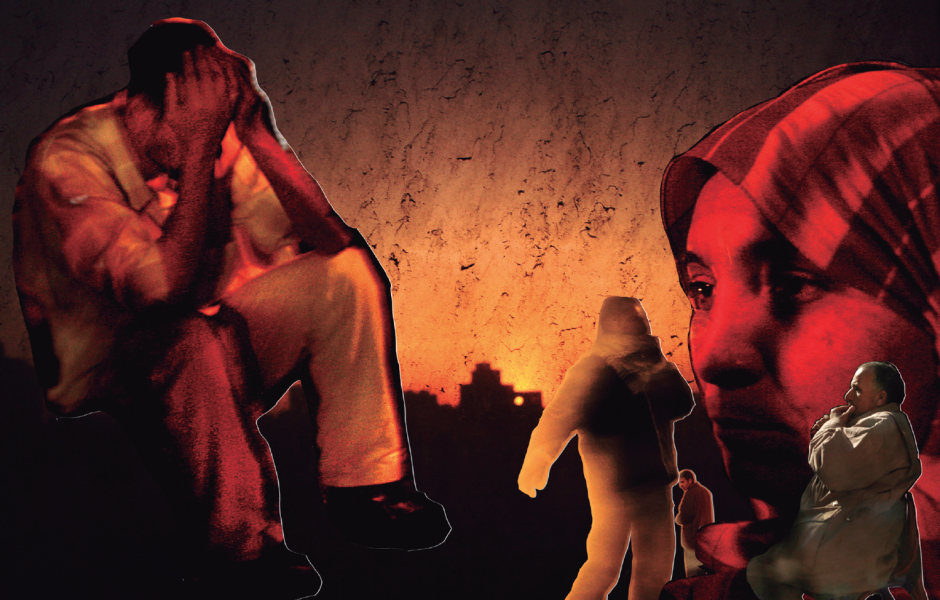
Xiqi Yuwang
China
Xiqi Yuwang was born in China in Zheijang province, but has lived in Spain since the age of twenty. In the collection of photographs under the name Little bridge over the river 小桥流水 -xiǎo qiáo liú shuǐ- he returns to the spaces of his childhood and early youth.
The title of this work is, according to the author: "A classical and poetic way of describing the traditional landscape typical of southern China." Small rivers that meander through the city and are crossed by arched stone bridges.
The author does not want to document the changes of a country in transformation, but to reunite with the landscapes and characters of its past and photograph their memories. An intimate look at the ghosts and mirages of its origins.

Juanan Requena
Spain
Juanan Requena is a poet who writes with ink and light. At the edge of every map, he combines images and words to explain that darkness is simply a lack of light; that you don't have to be afraid, you just have to open your eyes and daydream. His photo-textual practice lies in the vital experimentation of a circular time. The future is yesterday, we say now and it is already past. We are always young because we were always old.
Tender and nostalgic photographs, full of textures, materials, plastered, stained, pierced by handwritten words and verses that explain to us that the paths and byways offered by life are life itself.
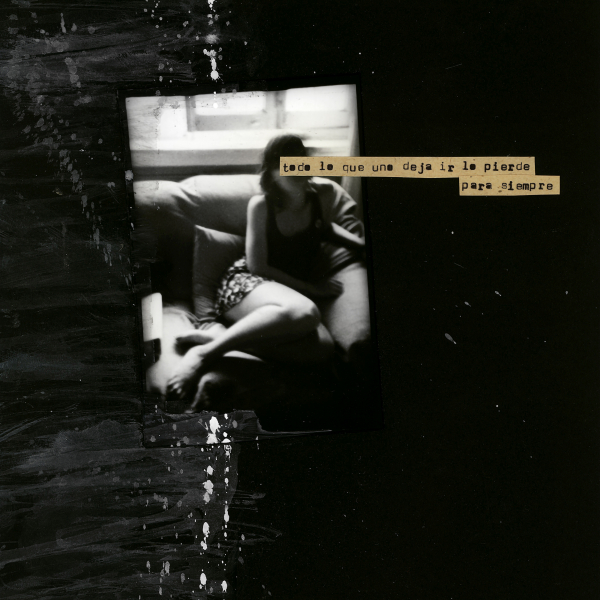
Sungjin Park
South Korea
The work of Korean photographer Sungjin Park Kid Nostalgia shows us a series of sensitive portraits in black and white. These boys and girls from the city of Seoul are rebellious students against an excessively rigid school system and a hyper-competitive society that considers any young person who cannot enter university a failure. Photographs of young people who skip classes and spend hours in the alleys smoking and staring at the stopped time of their future.

Leitmotiv
A YOUTH
Paradises are always paradises lost. Always somewhere far away, always in a foreign country.
We grow up and happiness is left behind, in a past time; when we didn't know we were happy. Thinking about our youth fills us with nostalgia, but nostalgia tends to be very tricky.
"I was twenty years old. I will not allow anyone to say that it is the most beautiful age of life" wrote Paul Nazan in his novel Aden Arabie.
Youth is full of fire and at the same time, full of uncertainty, anger and fear.
In this edition of La Nuu, we say a youth to talk about all youth and to reflect on the term in all its aspects.
Our liquid (Bauman) or hypermodern (Lipovetsky) society has erected youth as an ideal of life and as another commercial product.
Youth and youthful spirit are processed as aesthetic reasons and values to follow.Getting old is not fashionable.
The current worship of the body and the enthronement of health as a new religion are intimately related to this myth of eternal youth. Diets, cosmetics, gymnastics, medicines, surgeries and all anti-aging products are common items in the market of this new consumption.
However, we should ask ourselves if youth has always existed
We can understand this as a chronological stage of life but being young does not depend only on age as a biological characteristic.
As sociologists point out, the relationships between date of birth and social age are much more complex.
Youth, as we understand it today, is a very recent phenomenon. There are authors who talk about the invention of youth.
Its historical emergence as a social fact is directly linked to the modernization processes introduced by the industrial revolution that began in the 18th century, capitalism and the emergence of the welfare state that occurred in the West after the Second World War.
New production mechanisms and economic growth led to an expansion of educational coverage during the 20th century, especially in the United States and Europe.
These longer training periods freed adolescents from adult responsibilities such as work and family. A moratorium that lasted
parental economic dependence.
Society thus recognized the young person as a different subject from the child and the adult.
Jon Savage in his book Teenage, the creation of youth culture points out that it is the economic situation in the US during the 50s that makes this new social group have an economic power never seen by a group of their age .
This purchasing power linked to free time led to the emergence of an adolescent leisure industry and a youth consumption culture differentiated from that of adults.
Popular music and cinema begin to constitute new lifestyles that privilege freedom, rebellion and hedonism as new values opposed to the dominant culture. Rock and roll has a central place in the construction of youth identity: music is not only an element of consumption but an essential element to differentiate from the parents' generation and at the same time to constitute a community identity.
Globalization as a new frame of reference exported these dynamics to other parts of the world. Despite this, it is clear that we cannot talk about a single group under the category of young people or global youth. As this is a social and cultural category constructed by society itself, each historical moment, each country, each city, each social class, each economic circumstance creates a different youth.
The collective behavior of these young people has had an important effect on contemporary culture and has become an engine of change and transformation of society's values and customs.
Many times these youth movements assume countercultural and political forms that critically question the status quo.
We all remember May 1968, starring the young French students and which quickly moved to cities like Mexico or Prague or the hippie movement and its protests against the Vietnam War.
But we must not forget the recent demonstrations in the Arab world where young people have demanded a future that their rulers are denying them. A revolt that has become known as the Arab Spring (2010-2013).
In both the Egyptian Youth Revolution and the Jasmine Revolution in Tunisia, a multitude of young people have demanded the overthrow of their leaders and a whole series of social and political reforms that will fuel the modernization of their countries.
